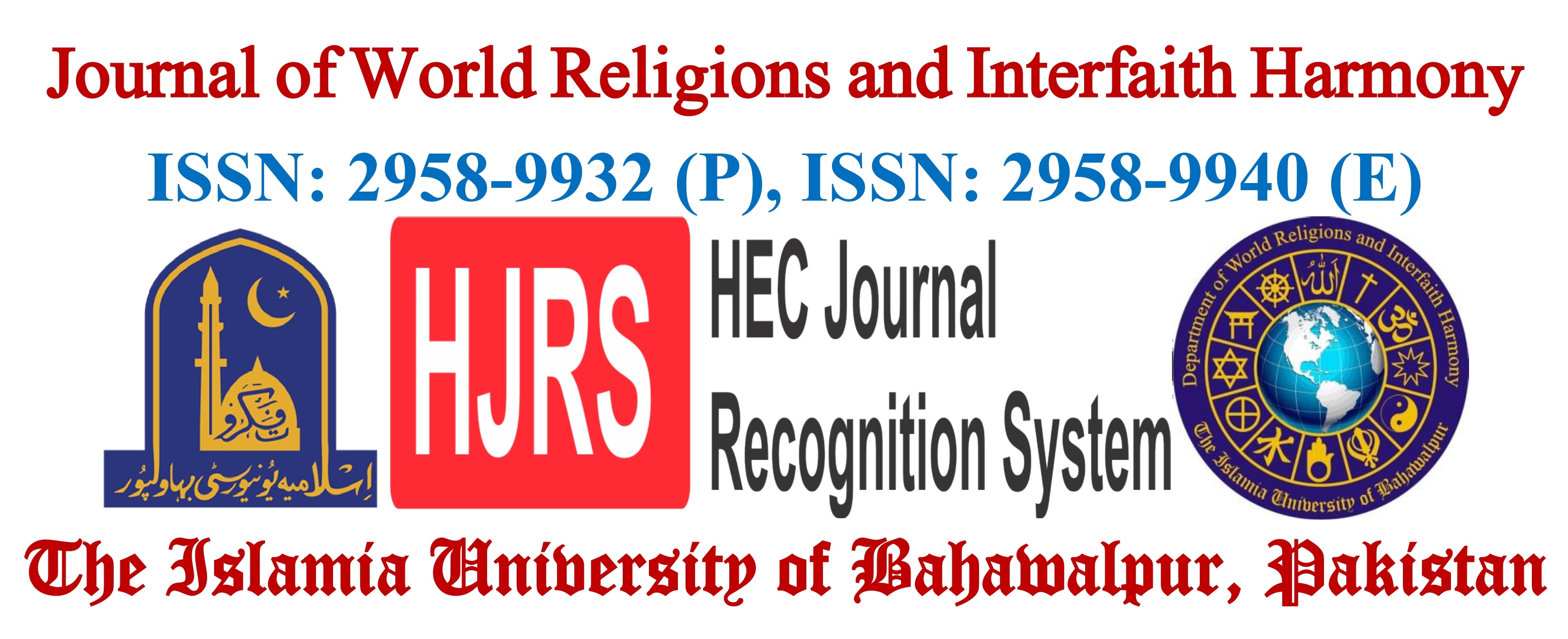An Analytical & Critical Study of the Concept & Techniques of Distortion in Sacred Books of Semitic Religions and Quranic Interpretation
DOI:
https://doi.org/10.52461/jwrih.v2i2.2095Abstract
This concentrate research study essentially targets featuring the ways utilized by Jew Rabbis and Christian Priests in contorting the heavenly Torah and Gospel separately in the illumination of Qur'anic sections that manage those habits of mutilation. The techniques utilized in this study are inductive and logical. Data gathered from the information concerning the twisting of the Torah and Gospel from the old style and contemporary books of Qur'anic translation, different books and on-line sources connected with the review. This research paper seeks to identify and highlight the linguistic detail of distortion, its concept and used techniques in sacred books of Semitic religions. Main points of the argument are; Quranic Interpretation of the concept & techniques distortion, mutilation the Jews and Christians in their exercises: crediting human works to the expressions of Allah almighty, concealing various uncovered texts, stirring up reality with lie, misspeaking the hallowed texts, overlooking the divine texts, having confidence in specific refrains of the radiant book and excusing some others etc. The paper would depend on the concept- aligning & explaining Quranic Interpretation of distortion. This paper work will provide theoretical orientation; make reference to relevant theoretical and empirical literatures for adequate clarification, comprehension and action sought where needed. The research study will extract the distortion methods from the Quranic verses. Qualitative research methodology has adopted.
Downloads
Published
How to Cite
Issue
Section
License
Copyright (c) 2023 Dr. Tayyaba Razzaq

This work is licensed under a Creative Commons Attribution-NonCommercial 4.0 International License.






